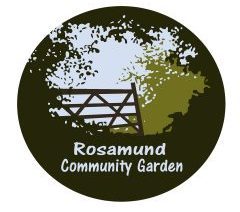By the start of June, the bees are very active and the numbers of bees in each hive will peak by the end of the month at up to 60,000 bees before starting a slow decline into winter. We’re still in the swarming season and so far I’ve been called out to seven ‘swarms’. As usual, not all these have been swarms and in two cases not even honeybees – some species of solitary bee like to nest close together (actually we don’t really know whether they like nesting close together or whether it’s just a case of them sharing a suitable habitat) though I still can’t imagine why anyone would mistake them for a swarm of honeybees. So of my seven so far that’s two different species, one that was too high to get at (they said it was about head height – maybe a giraffe head), one that was a few bees going about their business and three actual swarms safely collected.
June can sometimes bring what is known in beekeeping as ‘the June Gap’. This is when the first spring flowers have been and gone – dandelions for example – and the summer flowers have yet to appear. It’s less common now with so many non-native species around but in situations away from domestic gardens the June gap can still be a problem and beekeepers need to be alert to the level of stores in their hives to avoid bees starving in this period.
You may have seen some of the solitary bees around our ‘Bee Bank’. Identifying solitary bees is very tricky as they tend to move fast, look fairly similar and there are an awful lot of different species – over 260. The ones in the bee bank are mining bees – of which there are about 30 different species – so named, well, take a guess… In addition to mining bees there are Carpenter bees which prefer to nest in rotting wood – take a look at the sheds, there may well be some Carpenter bees there – also Leafcutters which use snippets of leaves to line and seal their tunnels in old stems and Mason bees which are the ones using the ‘bee hotel’ type constructions, with the Red Mason Bee being the most common – if you think there’s a Red Mason Bee nesting, take a sniff and if you detect a citrus smell that’s probably what it is.
